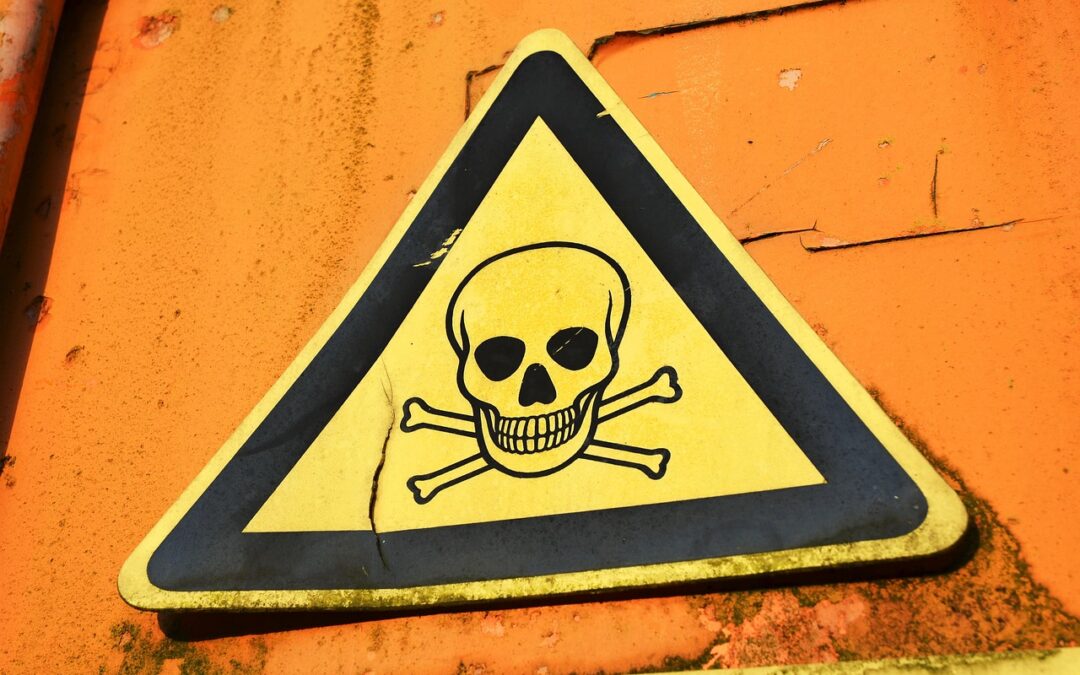THE PROBLEM. . .
When taking a comprehensive, psycho-social history of our clients, we explore childhood experiences to learn about important elements such as attachment organization, dissociative coping mechanisms, and past traumas. Part this phase of treatment also involves uncovering any adverse experiences that had the potential to negatively impact the client’s symptoms and current level of functioning. As EMDR Therapists, we understand that these early experiences of childhood abuse and neglect often form the foundation of maladaptive memory networks and, consequently, become the starting point for EMDR reprocessing.
During the course of treatment, at either the beginning stage of history taking, or in later sessions involving reprocessing a past memory, clients are often surprised, and sometimes embarrassed, by how much a seemingly minor incident has impacted their life. They imagine that trauma only comes in the form of ‘Big-T’ (Big Trauma, with a capital T) experiences, such as an assault, critical incident, or accident. Consequently, these clients tend to ignore, dismiss, or under-report a history of ‘small-t’ events, such as neglect, absences, and omissions.
For example, rather than considering how they may have been adversely impacted by the fact that they were ignored most of their childhood, the client dismisses the omission with phrases such as: “So many people have it worse.”, or “I have no business complaining; at least I had food, clothes, and a roof over my head.”
THE TRUTH. . .
And while the client-proffered minimizations may well be accurate, as trauma therapists we know that the optics and intensity of an experience aren’t what qualifies the event as traumatic; rather, it is the individual’s internal experience, coupled with their ability to make use of internal and external resources, both in the moment of the stressor, as well as in its aftermath. This very personalized nature of the impact of adverse events helps explain why exposure to a disturbing experience can produce dramatic and enduring disruptions in neurological, autonomic, immune, cognitive, emotional, somatic, and social functioning in some individuals (van der Kolk, et al., 1996), while others will gradually recover from short-term interferences in daily life.
We also know, thanks to the work of Bowlby and countless others who have continued his seminal work on attachment, that food, clothing, and shelter, while important, are only part of the developmental equation. Infants and children require consistent and predictable emotionally responsive behavior from their caregivers — behaviors that include: physical affection, loving gestures, playful interactions, acceptance, emotional responsiveness, and mentalization.
THE METAPHOR. . .
To illustrate the potentially harmful and pervasive impact of neglect and other small-t traumas, especially when working with clients who are dismissive of their own experience, I often use the metaphor of carbon monoxide — a gas that is colorless, odorless, tasteless, and slightly less dense than air, but also highly flammable and poisonous.
If Big-T traumas are the proverbial 5-alarm fires, the ones that are easily and indisputably recognized as problematic and necessitating immediate intervention; then small-t moments of neglect, absences, and omissions are like carbon monoxide gas, a largely undetectable toxin that, if present without detection and repair, is damaging, at best, and potentially lethal, at worst.
This metaphor connecting small-t traumas to the dangers of carbon monoxide poisoning has been incredibly useful in helping clients understand the impact of “what didn’t, yet should have happened”. And this insight often gives the client permission to examine their history with a new perspective and, in doing so, take a closer look at how past experiences may have caused them harm and, as such, are deserving of attention and treatment.
GET IN TOUCH. . .
I hope this carbon monoxide metaphor will be useful to your process and enhances the work you do with clients. To watch a video version of this blog, click on the YouTube link below.
Please do get in touch if you’ve any questions or comments regarding this or any other EMDR-related item. I am always happy to engage.
….and, if you enjoyed this post, please feel free to like, comment, or share it with others!
EMAIL: info@emdreducationandtrainingcenter.com
FACEBOOK: https://www.facebook.com/EMDREducationAndTrainingCenter/
INSTAGRAM: https://www.instagram.com/EMDR_Education_Training_Center/
YOUTUBE:
Reference
van der Kolk, B. A. (1996). The complexity of adaptation to trauma: Self-regulation, stimulus discrimination, and characterological development. In B. A. van der Kolk, A. C. McFarlane, & L. Weisaeth (Eds.), Traumatic stress: The effects of overwhelming experience on mind, body, and society (pp. 182–213). The Guilford Press.
About the author
Kara Nossardi, LMFT (she, her) is an EMDRIA Approved Trainer, Approved Consultant, and Certified EMDR Therapist. She is the Director of Training and Founder of EMDR Education and Training Center, an Approved Consultant and Practicum Supervisor at Sonoma Psychotherapy Training Institute, as well as a founding Practicum Facilitator for the EMDR Center of Southern California. Kara has been a licensed Marriage & Family Therapist since 2014 and currently practices in California and Colorado, where she specializes in using attachment-focused EMDR Therapy in the treatment of complex Post Traumatic Stress (CPTSD), depression, and anxiety.

